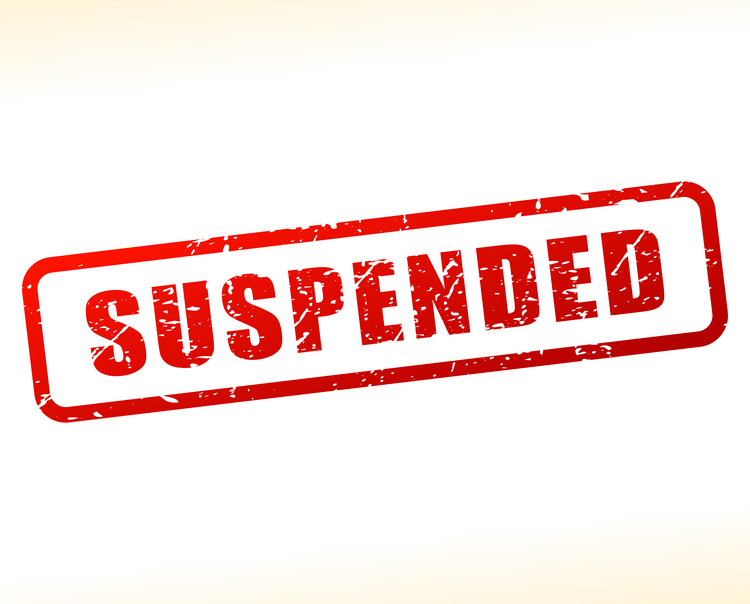Judge Rakoff Orders Lab-Made Diamond Maker to Pay Fees for Manufacturing Fake Claims | Patterson Belknap Webb & Tyler LLP
On February 21, 2024, Judge Rakoff (S.D.N.Y) granted a defendant’s motion for attorney’s fees and costs in Carnegie Institute of Technology v. Fenix Diamonds.
The Carnegie Institution for Science and its patent licensee, the now-bankrupt M7D Corp., accused Fenix Diamonds of infringing on two patents (the ‘078 Patent and the ‘189 Patent) directed to producing laboratory-formed diamonds. Judge Rakoff granted summary judgment in favor of Fenix in June 2021. Carnegie and M7D appealed, but later withdrew their appeal, and the parties entered into an agreement not to sue. In September 2023, Fenix sought to declare the case “exceptional” under 35 U.S.C. Section 285 and moved for attorney’s fees and expenses. In response, Carnegie argued that the bankrupt M7D should be blamed for the alleged litigation misconduct.
Judge Rakoff recognized that Section 285 of the Patent Act authorizes courts to award fees in cases “presenting either subjective bad faith or exceptionally meritless claims.” Op. at 6 (citation omitted). Here, Judge Rakoff found attorney’s fees were warranted both because the plaintiffs’ claims were “objectively unreasonable,” and because the plaintiffs were “affirmatively misleading” in their dealings with the Court.
Discovery produced by Fenix’s production manufacturer on July 14, 2020 showed definitively that Fenix had not infringed on the ’078 Patent. As a result, Judge Rakoff awarded Fenix fees for work performed after that date. Op. at 8-9. The Court also found that the plaintiffs’ theory of infringement for the ’078 Patent was “flatly at odds with the Court’s claim construction,” Op. 9. For example, the Court’s claim construction opinion held that construction of the term “growth surface” in the ’078 Patent could not exclude polycrystalline growth on the diamond, but plaintiff’s expert opined that the term “growth surface” did in fact exclude polycrystalline growth. As for the ’189 Patent, Judge Rakoff found the plaintiffs had offered no evidence at all to support its infringement claim. Op. 10.
The Court also found that Fenix was entitled to fees and costs because the plaintiffs “were affirmatively misleading about the parties’ discovery conduct” in summary judgment briefing and on appeal.” Op. 9. Specifically, the Court noted that plaintiffs misleadingly argued to the Federal Circuit that they had no access to Fenix’s manufacturer’s facilities, yet failed to inform the Circuit that the manufacturer had offered a facility tour, which plaintiff’s counsel declined. Op. 14. The Court also cited to a PowerPoint presentation created by plaintiffs’ lawyers (which Judge Rakoff had previously found had waived the attorney-client privilege) that called into question the validity of one of the asserted patents before the case was even filed. Op. 15-16. The Court found the plaintiffs “acted vexatiously in waiting until the eleventh hour to drop the claims of infringement on the ’189 Patent, forcing Fenix to incur unnecessary additional expenses.” Op. 9. Finally, the Court rejected Carnegie’s argument that M7D, not Carnegie, should be responsible for paying any attorney’s fees, because “Carnegie assumed the risk of – and, in fact, affirmatively agreed to join in – any improper litigation tactics by M7D.” Op. 17. As such, the Court held that the plaintiffs were jointly and severally liable for fees.






